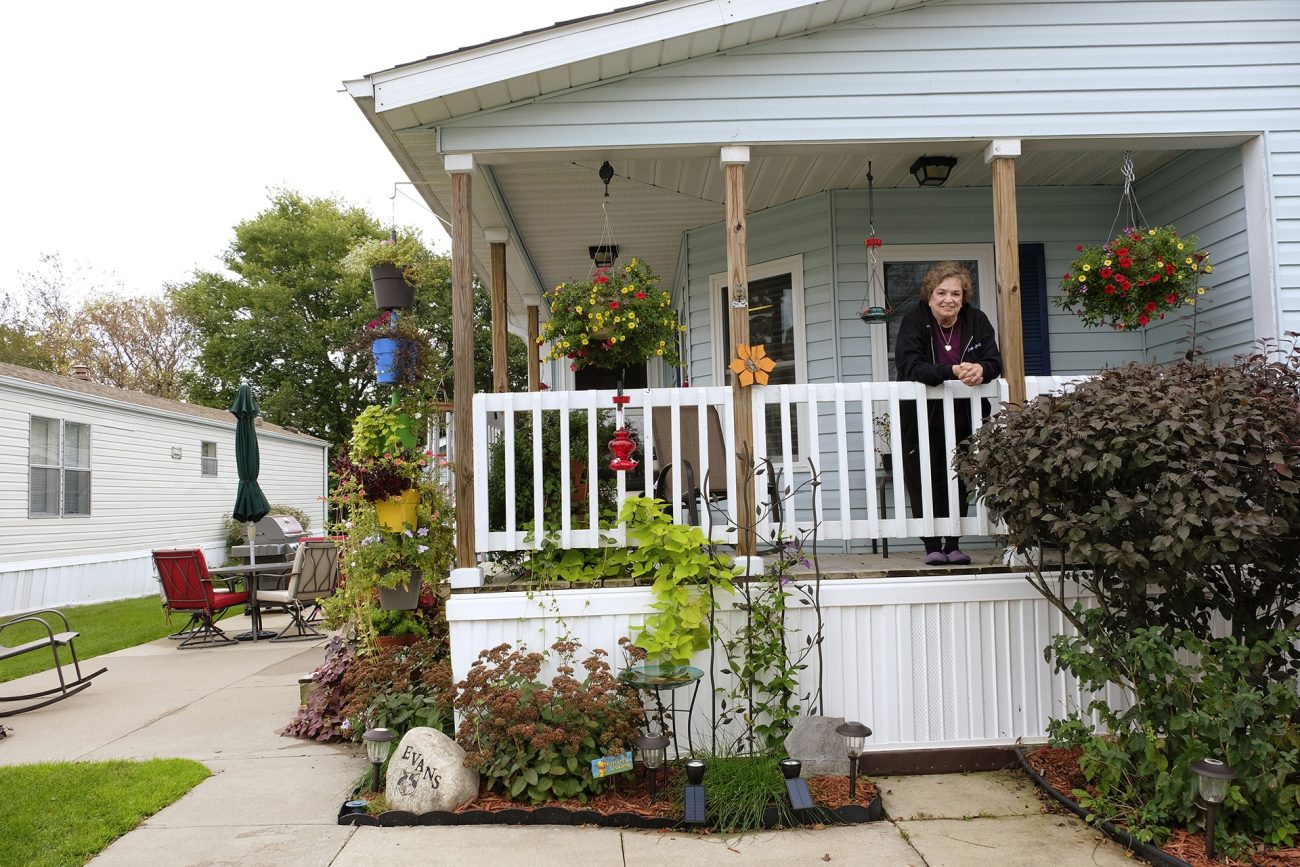As many parents know instinctively, and economists have shown, there’s a reason why the housing cost in many communities is strongly correlated to the quality of the local public schools. A 2009 study by The Reinvestment Fund (TRF) studied the neighborhood-level differences and found that within Philadelphia, there were statistically significant differences in housing prices based on the quality of the neighborhood schools. At the same time, the study also found that two other factors, blight and crime, also have a strong role in influencing housing prices.
It is no surprise then, that community development corporations have had a role in addressing blight from the very beginnings of the field, and along the way many CDCs have also taken up the task of improving safety in their communities. There is a good case for these roles. Blight and crime are visible, high profile, and very much place-based issues and CDCs are well-suited, with their capabilities in real estate (physical development) and community organizing (human capital development), to address these two issues.
But what about quality public schools?
In the last decade or so, CDCs and the community development field more broadly, with its place-based focus, have begun to explore what role it might have in improving public schools, with an emphasis on neighborhood schools. For instance, the Federal Reserve as well as Enterprise Community Partners have published research and “roadmaps” for policy and practices that would advance the connection between community development and schools.
But there seem to be some limitations to the state of the thinking so far, as it tends to focus on the interaction between a specific neighborhood and a specific school. This makes sense as a natural scale for CDCs and the nature of their place- and neighborhood-specific activities.
But could there be a role for CDCs to address access to quality education at the district scale?
Many CDCs have used Tax Increment Financing (TIF) for their projects. TIFs are also used by many school districts to pay for capital needs to improve or build new schools. In 2011, The Philadelphia Social Innovations Journal published a case statement for an approach to using a TIF structure to finance neighborhood schools: the debt service on improved schools will be paid by the additional taxes generated by raised values around the improved school.
TIFs used in public school capital financing need to be applied equitably, however. Chicagoland Researchers and Advocates for Transformative Education (CReATE) actually found that “the TIF program is contributing to income and race/ethnicity place-based inequality in the city of Chicago,” with TIFs not going in the neighborhoods of most need, and diverting tax revenue from the district as a whole at the same time. They write:
One of the problems with relying on TIFs to fund school construction projects is that TIFs revenues depend upon the property tax values of the real estate located within the boundaries of the TIF. Pre-existing under-development means that Black and Latino communities have a smaller property tax base in which to generate development revenues. Since TIF revenues are restricted to use within the district or adjacent district in which they are generated, Latino and Black schools tend to have weaker revenue streams to draw upon relative to White neighborhoods.
However, if applied with an equitable development frame, maybe TIFs could be used to help “even out” the lumpiness of education quality across a district by serving as a “rising tide” mechanism to improve school quality across an entire district. This mechanism could be in the form of a hybrid housing-education TIF in which specific equity goals are predetermined.
A TIF district created around a school where improvements were planned could be used to finance the creation of affordable housing in that district, helping to ensure that low-income families would have access to the school as it improves, instead of potentially being displaced as the housing market began to recognize the school’s improved performance. Even more progressively, a TIF district created around a school where improvements were well underway or already recognized in the housing market could be used to finance school improvement elsewhere in the district.
Moving this concept would, of course, require willingness of a taxing entity and school district to collaborate, but this could be a very localized and practical tool that reflects the inter-agency collaboration between HUD and DOE that we’ve seen in their Promise and Choice neighborhoods initiatives.
Returning to the TRF study, I’d propose a friendly amendment to their conclusion:
The value of this research lies in highlighting the relationship between housing and education at the neighborhood level. Understanding the economic value of improved school quality can and should initiate discussion among policy makers on how schools can improve neighborhoods and how neighborhoods can improve schools.
To:
The value of this research lies in highlighting the relationship between housing and education at the neighborhood level, so that we can begin to solve the need to improve education at the district level. Understanding the economic value of improved school quality can and should initiate discussions among policy makers and community developers on how schools can improve neighborhoods and how neighborhoods can improve schools across an entire school district.
Photo of South Chicago Elementary School by Flickr user reallyboring, CC BY-NC-SA.




ALL SCHOOLS WITHIN A STATE SHOULD HAVE/FOLLOW THE SAME CURRICULUM. A 3rd GRADE STUDENT SHOULD BE ABLE TO SIT IN ANY 3rd GRADE CLASSROOM WITHIN THEIR STATE AND NOT HAVE MISSED A THING. THIS IS CALLED EQUAL EDUCATION.